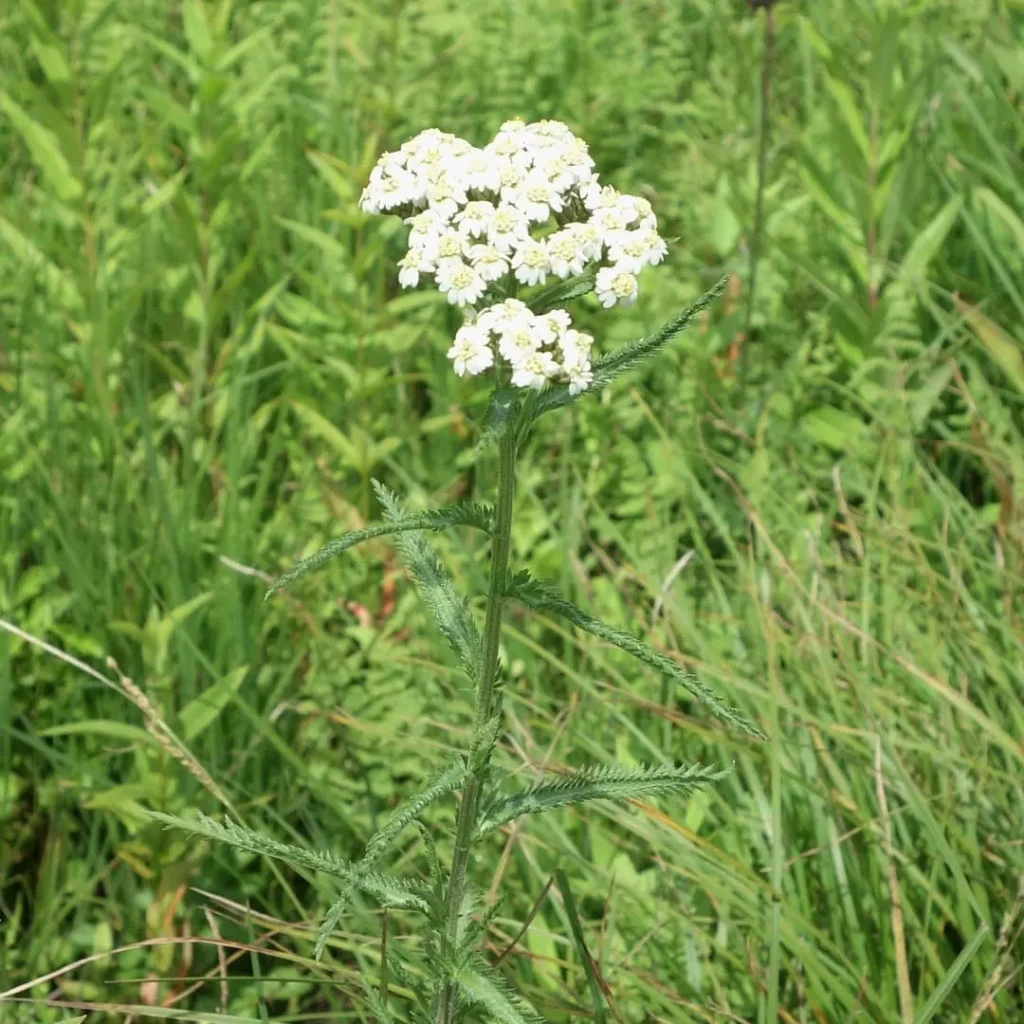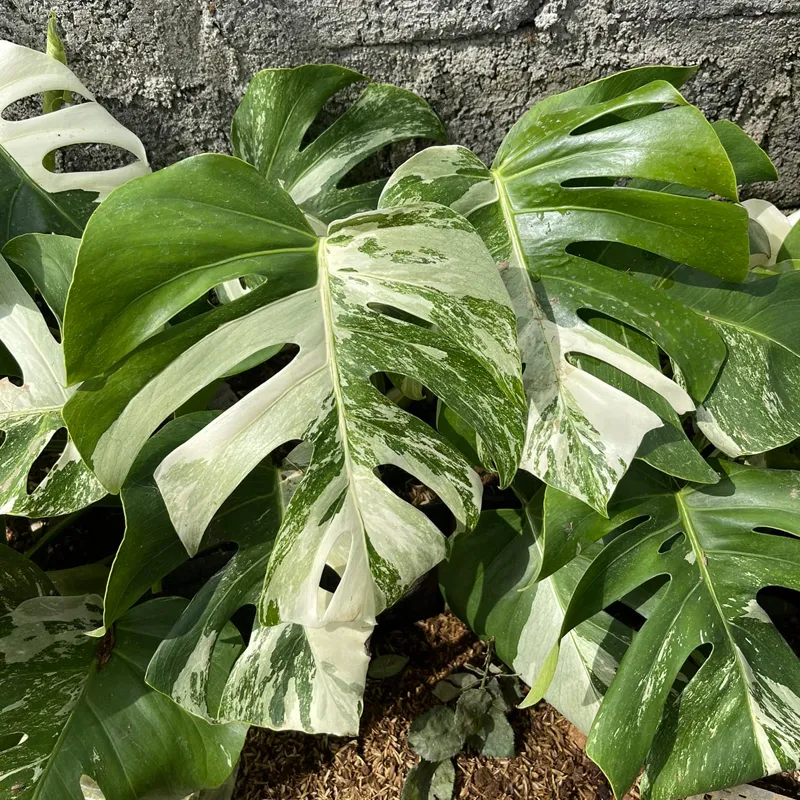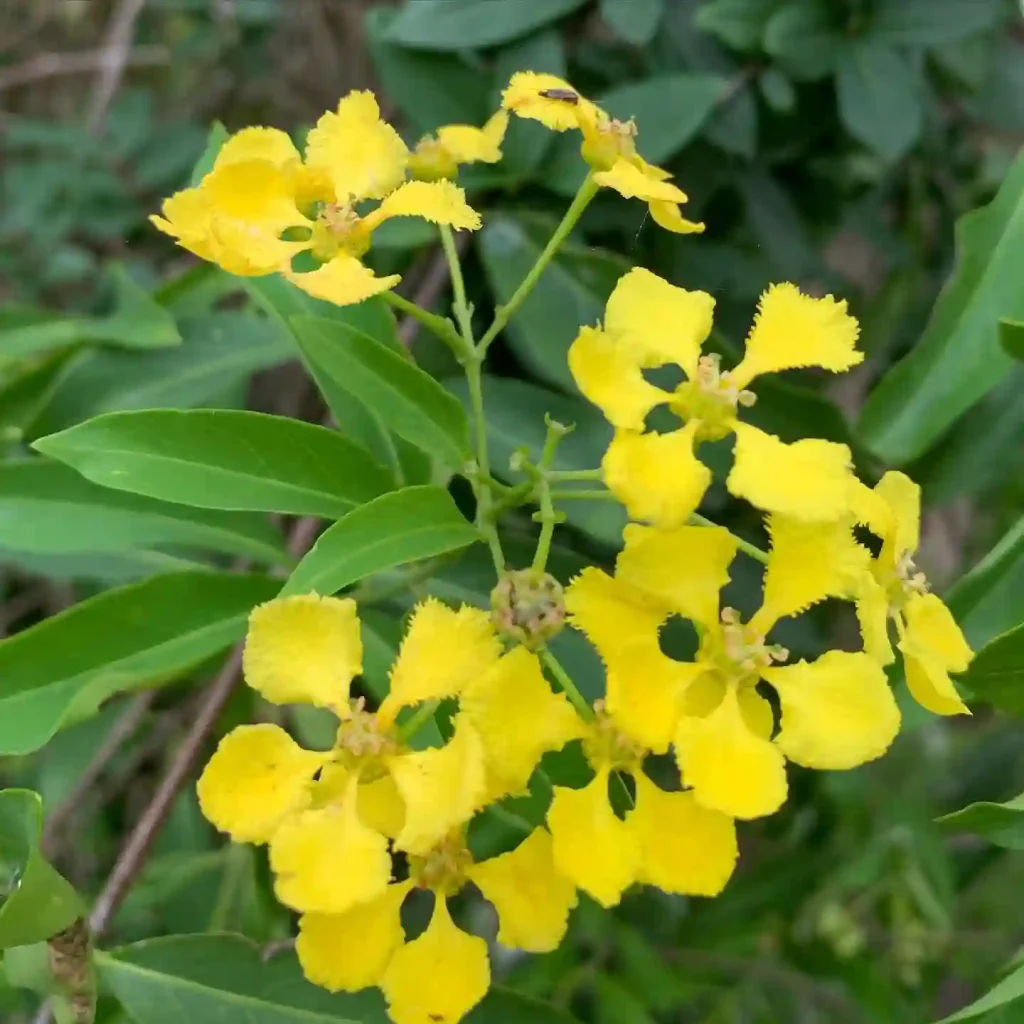Scindapsus Mayari: Unveiling the Moonlit Jewel of the Plant World
For foliage fanatics like myself, Ferb Vu, the Scindapsus Mayari is a sight to behold. This stunning variegated relative of the common Scindapsus Pictus boasts ethereal white variegation that dances across its silvery-green leaves, earning its namesake – Mayari, the Philippine moon goddess.
But beyond its captivating beauty, the Scindapsus Mayari offers a unique challenge and reward for plant enthusiasts. Let’s delve into the world of this captivating climber, answering your burning questions and exploring the secrets to keeping it thriving.
36 Species in Genus Scindapsus
What is a Scindapsus Mayari?
The Scindapsus Mayari is a sport (a natural mutation) of the well-known Scindapsus Pictus. This means it’s a genetic variation that displays unique characteristics, in this case, the striking white variegation. It’s a relatively new arrival on the houseplant scene, captivating collectors with its mesmerizing appearance.
Is Scindapsus Mayari easy to care for?
While not as demanding as a prima donna, the Scindapsus Mayari requires a bit more attention than its green counterpart. The variegation reduces its chlorophyll production, so it needs slightly more TLC to thrive. Here’s a breakdown of its needs:
- Light: Medium to bright indirect light is ideal. Avoid harsh, direct sun which can scorch the leaves.
- Watering: Water deeply when the top inch of soil dries out. Avoid soggy conditions, which can lead to root rot.
- Humidity: Moderate to high humidity is preferred. Grouping plants together, using a pebble tray, or a humidifier can create a more favorable environment.
- Soil: A well-draining, airy potting mix is crucial. Aroids mix or a combination of potting soil, perlite, and orchid bark works well.
- Fertilizer: A diluted balanced fertilizer applied monthly during the growing season (spring and summer) is sufficient.
How is Scindapsus Mayari different from Scindapsus Jade Satin or Treubii Moonlight?
These Scindapsus varieties can sometimes be confused with the Mayari due to their silvery-green foliage and potential for variegation. Here’s a quick breakdown to help you differentiate:
- Scindapsus Jade Satin: This variety has velvety, satin-textured leaves. While it can exhibit some variegation, it typically doesn’t have the distinct white patches and speckling seen in the Mayari.
- Scindapsus Treubii Moonlight: Similar to the Jade Satin, it has a velvety texture and might show some variegation. However, the variegation is often more sectoral (patchy) compared to the Mayari’s more scattered pattern.
What are the biggest challenges of caring for a Scindapsus Mayari?
- Light Management: Finding the sweet spot between enough light for variegation and avoiding sunburn can be tricky.
- Maintaining Humidity: Dry air can stress the plant and affect its growth.
- Overwatering: Due to its reduced chlorophyll production, the Mayari is more susceptible to root rot if overwatered.
Tips for Keeping Your Scindapsus Mayari Happy
- Monitor Light: Observe your plant and adjust its placement based on its response. Signs of too much light include yellowing leaves, while insufficient light will result in less variegation and slower growth.
- Boost Humidity: Group plants together, use a pebble tray, or invest in a humidifier to create a more tropical environment.
- Water Wisely: Allow the top inch of soil to dry completely before watering. Err on the side of underwatering rather than overwatering.
- Fertilize Sparingly: A diluted fertilizer application once a month during the growing season is enough. Overfertilization can damage the roots.
Where can I find a Scindapsus Mayari?
Due to its relative rarity, the Scindapsus Mayari can be challenging to find at your local garden center. However, you might have luck searching online retailers specializing in rare houseplants. Be prepared for a higher price tag compared to its green counterpart.
The Final Word on the Scindapsus Mayari
The Scindapsus Mayari is a captivating addition to any plant collection. With its unique beauty and slightly more demanding needs, it offers a rewarding challenge for plant enthusiasts. By understanding its specific requirements and providing the right care, you can witness this moonlit jewel thrive in your home.
If i die, water my plants!



